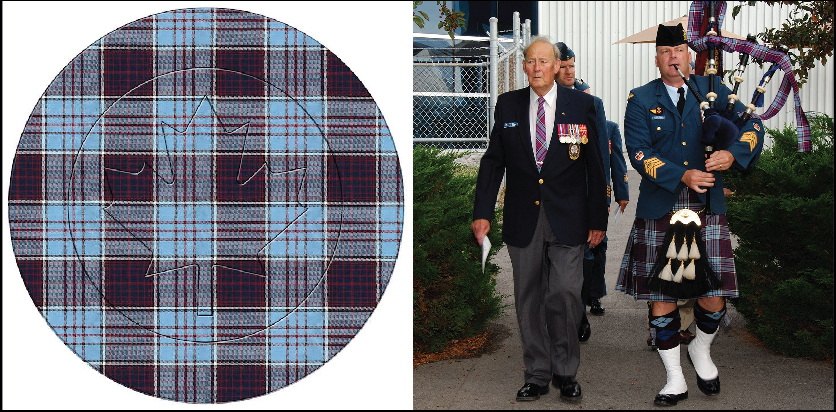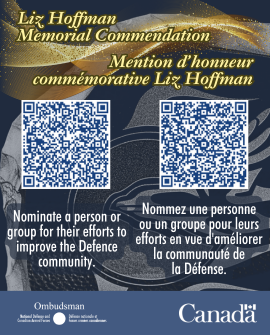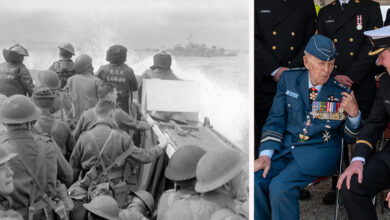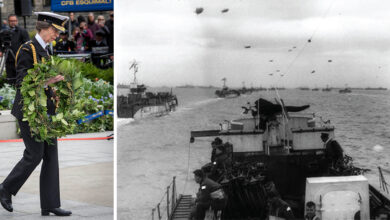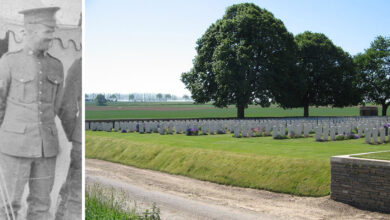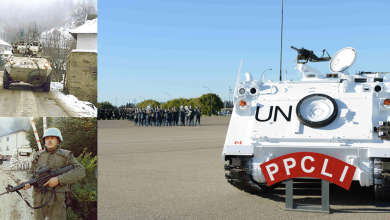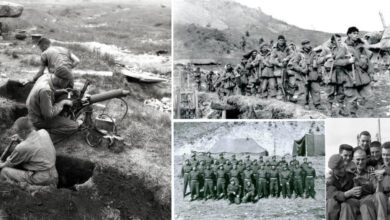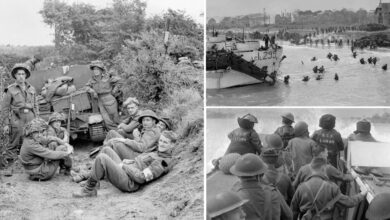History
The RCAF tartan: The world’s first air force tartan
Canada is home to more than four million people who share Scottish ancestry and to recognize the achievements of these citizens, every year on April 6 the country celebrates National Tartan Day. Coincidentally, the RCAF has a special connection to Scotland dating back to 1942 when it unveiled the world’s first air force tartan.
The RCAF tartan, now visible on many iconic emblems associated with the RCAF, was first created in 1942 when Capt. Elmer Fullerton, station commander of No.9 Service Flying Training School in PEI, decided to celebrate his Scottish heritage by organizing a “Robbie Burns Night.”
He was searching for a suitable tartan for his station band and instead created an original pattern that reflected the air force. He created the prototype using light blue, dark blue and maroon colours.
The original samples were then sent to Gagetown, NB and were created by Patricia Jenkins and Loom crofters.
The design was approved by the Air Council in Ottawa. On July 13, 1942, a sample was sent to Scotland’s Lord Lyon, King of Arms, requesting it to be registered as the RCAF’s official tartan.
Since then, the RCAF tartan has been worn by members of the RCAF pipe and drum bands and embellishes mess kits.
Some twenty years after the creation of the RCAF tartan, Canada created its own Maple Leaf Tartan in 1964 for the 100th anniversary of Confederation. It was elevated to official status in 2010.
National Tartan Day was first declared on Oct. 21, 2010, by then Minister of National Heritage, James Moore. April 6 was chosen as the date because it is the anniversary of the signing of the Declaration of Arbroath, the Scottish declaration of independence.
“As Minister of Canadian Heritage, I encourage all Canadians to celebrate the accomplishments, honour the people, and commemorate the events that helped shape the Canada we know today,” said Mélanie Joly Minister of Canadian Heritage on this year’s National Tartan Day.


